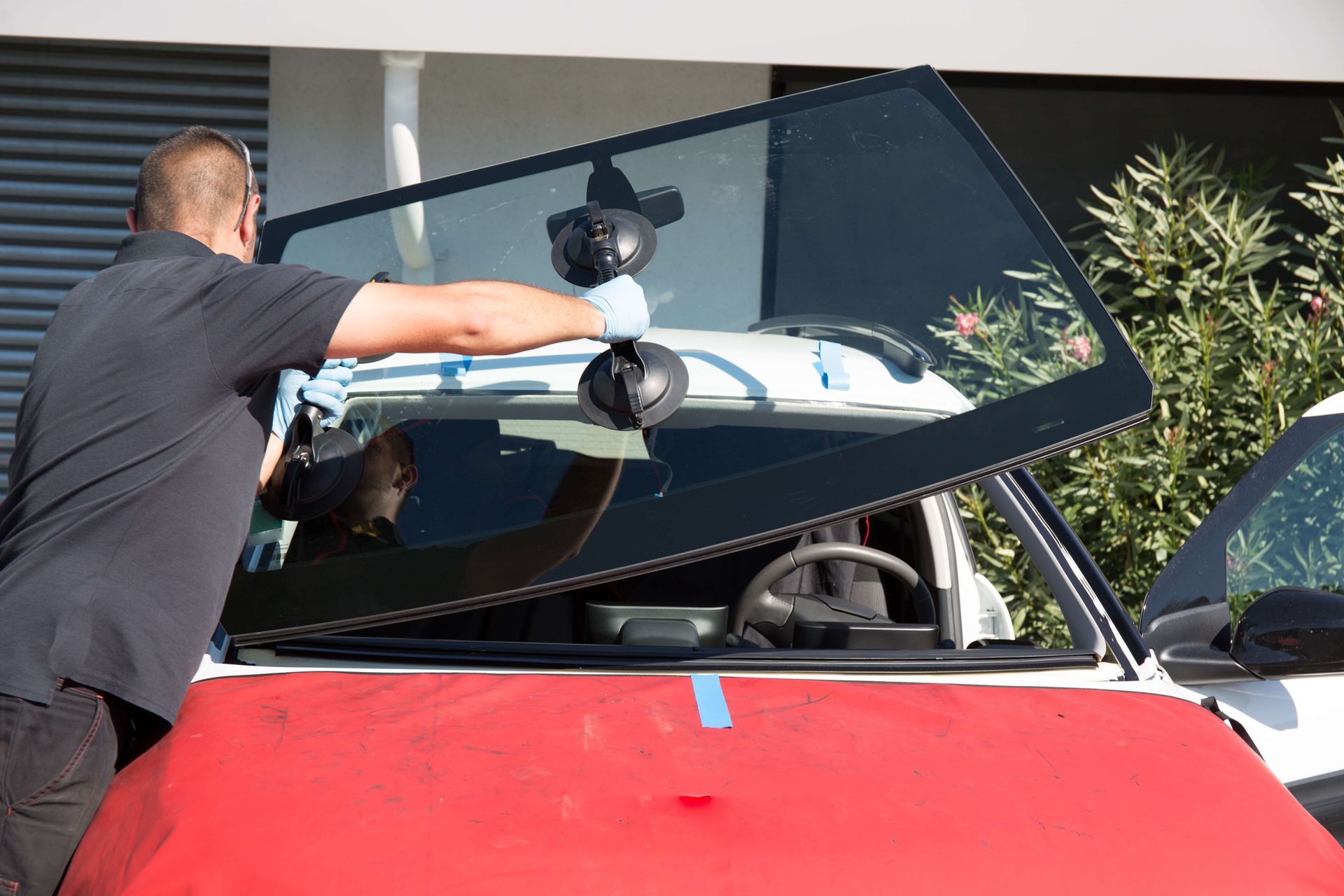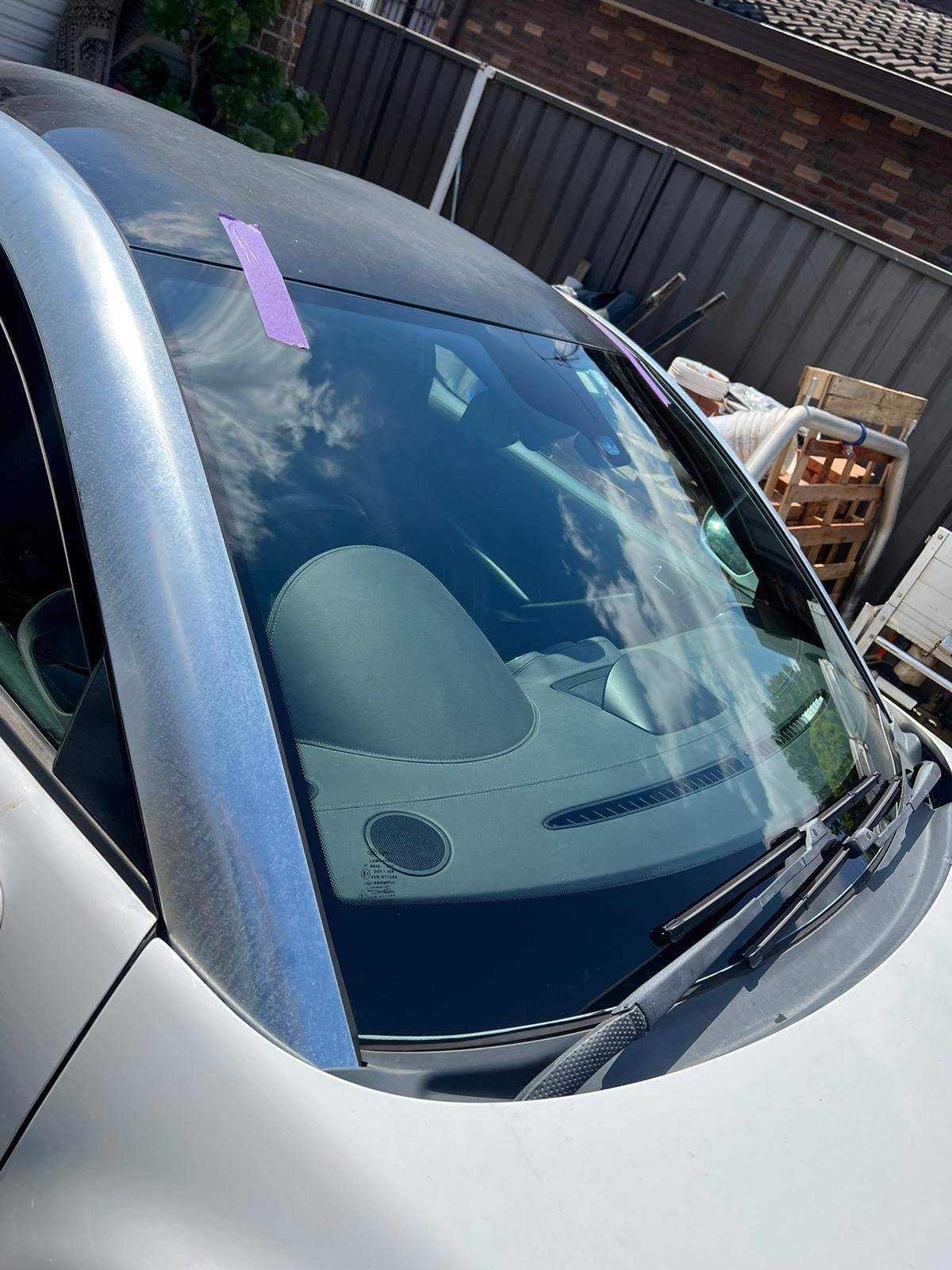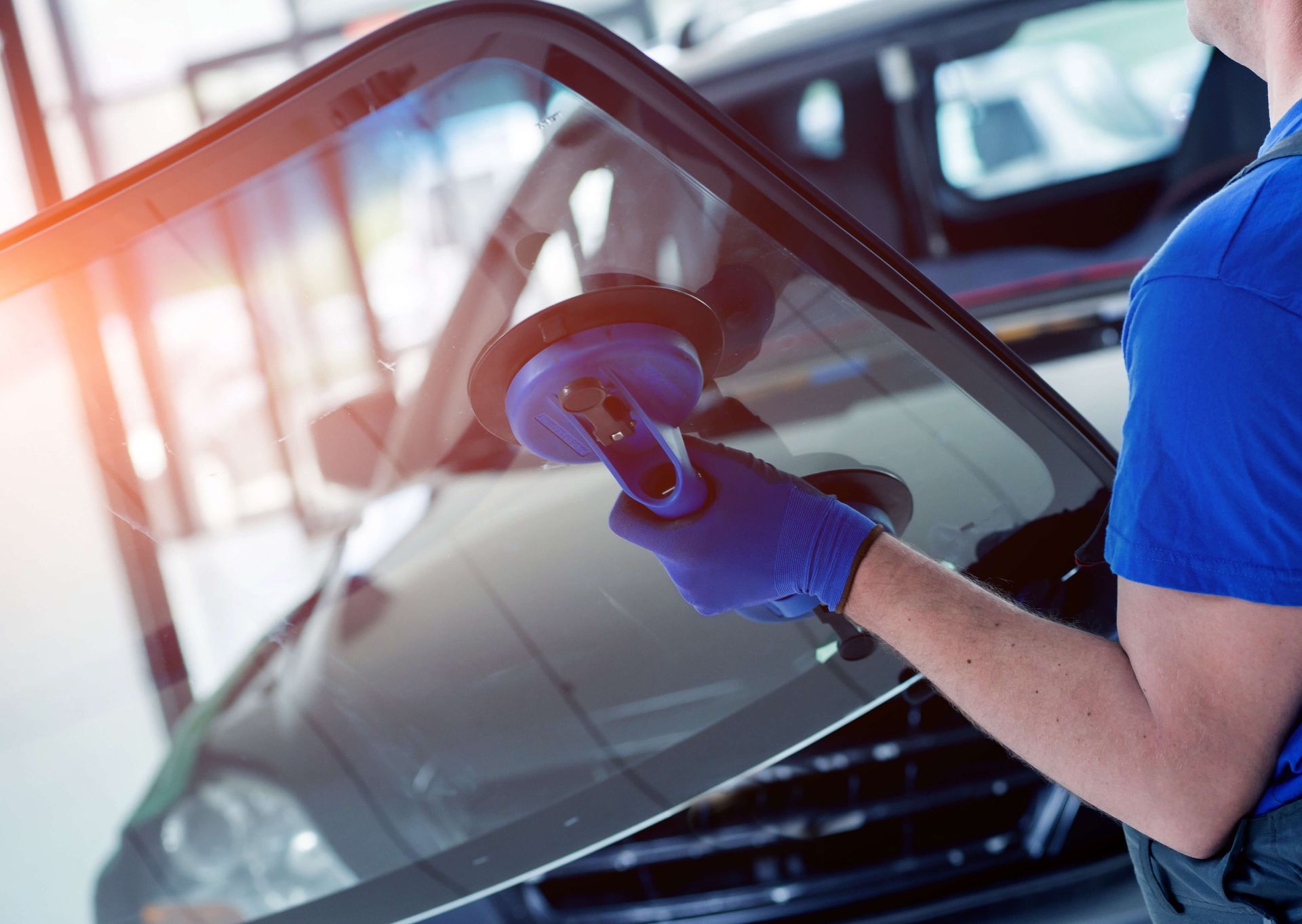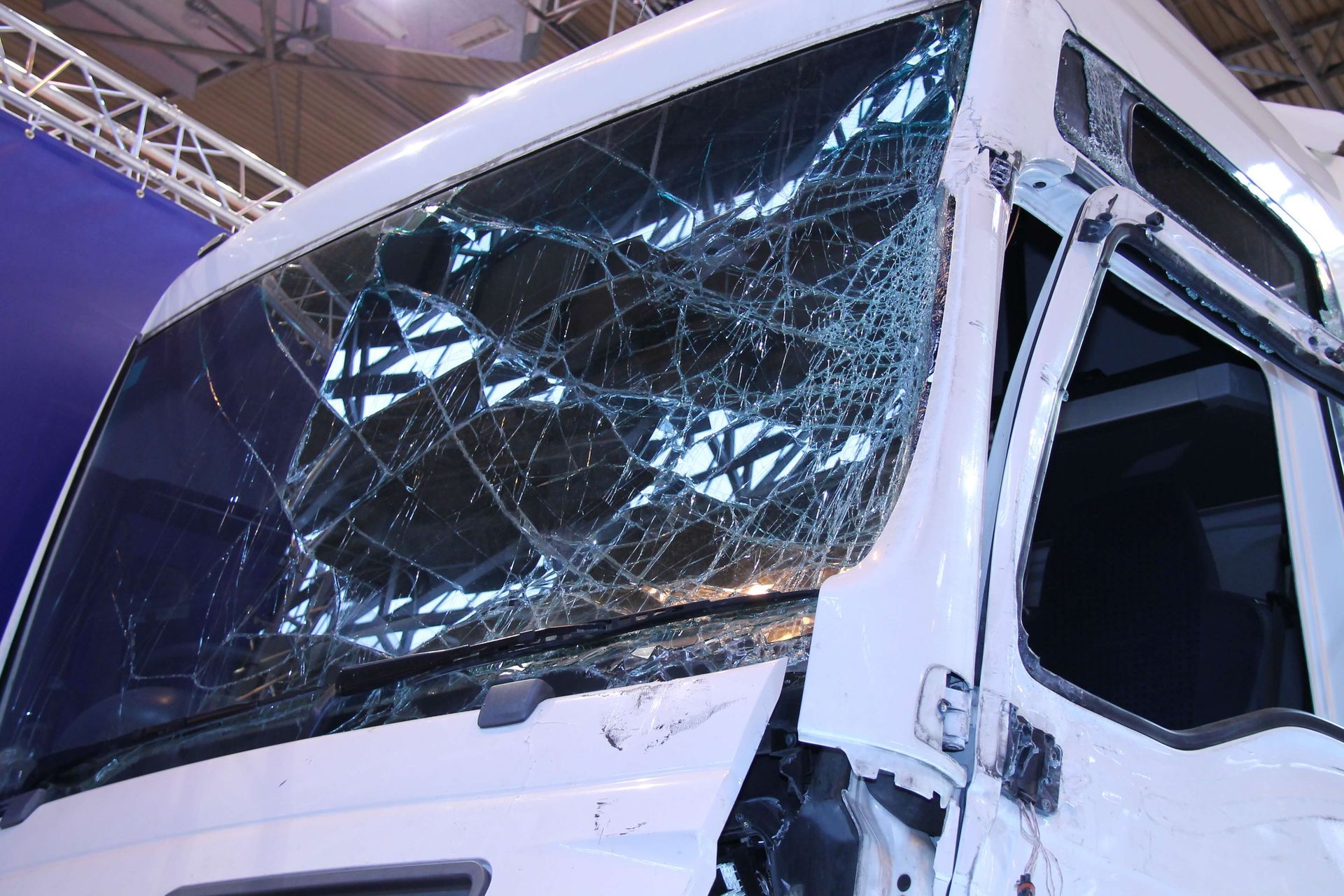Need help? Talk to an expert
0466-629-270
When it comes to dealing with a cracked or damaged windshield, having the right insurance coverage can provide tremendous peace of mind. However, there are several persistent myths surrounding windshield insurance claims that can needlessly cost you time, money, and frustration. Don't fall victim to these misconceptions - get the facts straight!

One of the most common beliefs is that insurance policies will only pay for windshield repairs, not full replacements. But this is simply not true for most comprehensive auto insurance plans in Australia.
"Many insurers absolutely do provide coverage for complete windshield replacements when the damage is too severe to safely repair," explains Jessica Williams, Head of Customer Claims at NRMA Insurance. "It really comes down to the specifics of your policy and the extent of the windshield damage."
Williams notes that to qualify for a full replacement, the damage typically needs to meet certain criteria:
So if your windshield has taken a serious beating from a major collision, destructive hailstorm, or heavy road debris, the insurance company will likely deem it necessary to replace rather than repair.
The key is to carefully review your product disclosure statement (PDS) to understand the glass damage coverage details. And if you're uncertain, always check with your insurer about whether your specific windshield situation warrants a full replacement.
Another common misconception is that you're obligated to use whichever windshield repair company your insurer recommends or has a partnership with. Not true!
"While insurers may have some preferred repairer partners, they cannot actually force you to use a specific windshield replacement service," says Alex Papadopoulos, owner of Alpha Auto Glass in Sydney.
Papadopoulos explains that as the vehicle owner and insurance policyholder, you have the right to choose whichever licensed and reputable auto glass technician you prefer. Insurers are required to honor and pay out an approved windshield claim regardless of which repairer you use.
That said, there are a couple potential advantages to choosing the insurer's recommended option:
1) They've already vetted and approved that company's workmanship standards.
2) The repairs are often pre-negotiated at a set rate with no surprise costs.
On the other hand, using your own preferred repairer may offer benefits like:
The key is to make sure any windshield repair company you choose is properly certified, insured, and accepts processing insurance claims. Do your research and choose what works best for you - the insurer can't mandate their preference.
For those needing a full windshield replacement, there's a common fear that insurance policies will only cover using OEM (original equipment manufacturer) glass and not aftermarket alternatives. This myth is partially true but has some nuances.
"The reality is that some insurance policies do explicitly state OEM windshield glass must be used, while others have more flexibility to use certified aftermarket glass," notes Williams.
She explains that OEM windshields are sourced straight from the same manufacturers who produced the original windshield for that specific vehicle make and model. As such, OEM replacements are considered the highest quality match.
However, over the past decade, many reputable aftermarket windshield manufacturers have emerged making affordable yet durable alternatives. Many of these have become certified by major automakers and insurance companies alike.
If using an approved aftermarket windshield is permitted per your policy, it can mean major cost savings versus the premium pricing of OEM replacements. Always clarify ahead of time if there are any restrictions. If the insurer does mandate OEM glass, you may be able to negotiate approval for aftermarket if you're willing to pay any cost differential out-of-pocket. Or you can simply proceed with the OEM replacement and make sure your policy's deductible is as low as possible.
Many drivers assume that even a minor windshield chip or crack means you're destined to need a full, expensive replacement. But skilled windshield repair technicians can often repair smaller damages in a quick, affordable process.
The repair process uses a specialized resin that is injected into the damaged area to seal and bond the crack or chip. Once the resin cures, it restores the structural integrity while also preventing any further cracking from road vibrations.
Repairing is vastly cheaper than full replacements - typical costs may only be $60-$100 in many cases. Most insurance policies will waive any excess or deductible charges for basic windshield repairs.
The key is addressing cracks or chips promptly before they have a chance to worsen. Left too long, excessive damage does require replacing the entire windshield.
For those dealing with an insurance claim after a not-at-fault accident, there's a myth that you still have to pay the policy's deductible or excess fees even if someone else caused the damage.
In reality, most insurance providers will waive any deductible costs if you have proper documentation showing the other party was liable for the incident.
"If our policyholder provides sufficient evidence confirming they did not cause the windshield damage, then we absolutely waive any excess fees for that claim," says Williams. "This incentivizes not-at-fault parties to pursue proper resolutions."
She notes that helpful evidence can include:
Insurers are motivated to recover costs from the at-fault insurance company, so that waived deductible is little skin off their back if you give them ammunition for your case.
That said, there are some exceptions where deductibles may apply even if not at-fault, such as:
So be sure to provide as much documentation as possible if seeking a deductible waiver for not-at-fault damage repairs or replacements.
As these five myth-busting realities reinforce, having the right information about windshield insurance coverage is absolutely vital for saving money, hassle, and headaches. Don't fall prey to costly misconceptions!
The key frameworks to keep in mind are:
By staying informed, proactive and upholding reasonable expectations, you can navigate the insurance claim process smoothly and get back on the road affordably with a safe, clear windshield.
Let's connect! We’re here to help.
Send us a message and we’ll be in touch.
Or give us a call today at 0466-629-270



We specialize in restoring and replacing a wide array of broken glass, from the smallest chip repair in your car windscreen to the complete windshield replacement for light commercial vehicles.
Email:
info@lmwindscreens.com.au
Phone:
0466-629-270
Location:
Sydney, NSW
All Rights Reserved | L&M Windscreens
Website & SEO By M.Z Digital